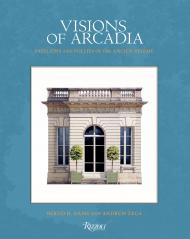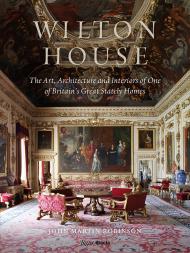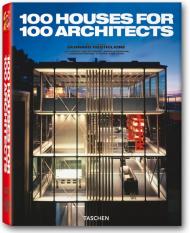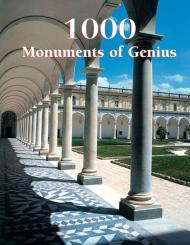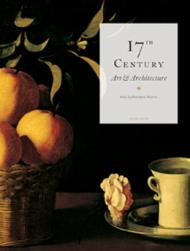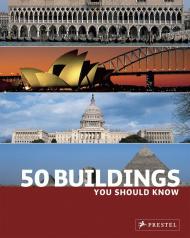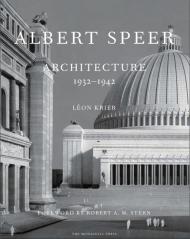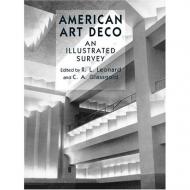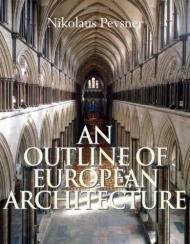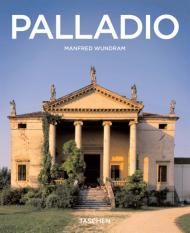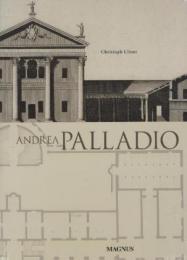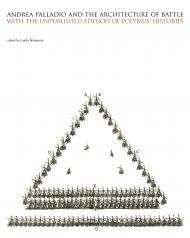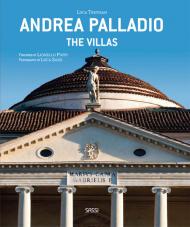Astonishing buildings created for casual amusements, the splendid pavilions and garden follies of prerevolutionary France are the glorious productions of an age now past — but they continue to speak to us through the dazzling artistry of Dams and Zega.
Spanning 150 years and the reigns of four kings, the pleasure pavilions, garden follies, and châteaux of Ancien Régime France are fascinating for the stories that surround their creation as well as a visual feast and a delight. Typically the realm of scholars, the subject is given extraordinary life at the hands of the authors, through whose historically accurate, meticulously rendered watercolors the reader comes to see the sometimes grand, sometimes playful, always beautiful buildings, sculpture, and ornament as they were meant to be seen.
Dams and Zega have devoted much of a lifetime to rediscovering and illuminating these great treasures of world heritage, and this volume is the fruit of more than thirty years of passionate investigation. Intensive original research and devoted exploration informs the work, capturing the genius of these buildings through the medium of watercolor, which the author-artists harness to render building materials and surfaces with sensitivity and great range.
From the mannerist and early baroque guard pavilions at Blérancourt to the Château de Rosay, a fantasy realized in the form of an Anglo-Chinese folly park, this volume is a revelation, sure to captivate architects, historians, landscape designers, and garden lovers.
About the Authors:
Bernd H. Dams is an architect and architectural historian. Andrew Zega is an architectural illustrator, designer, and writer. Together, they have authored and illustrated a number of successful books, including Palaces of the Sun King, Chinoiseries, and Central Park NYC for Rizzoli.
